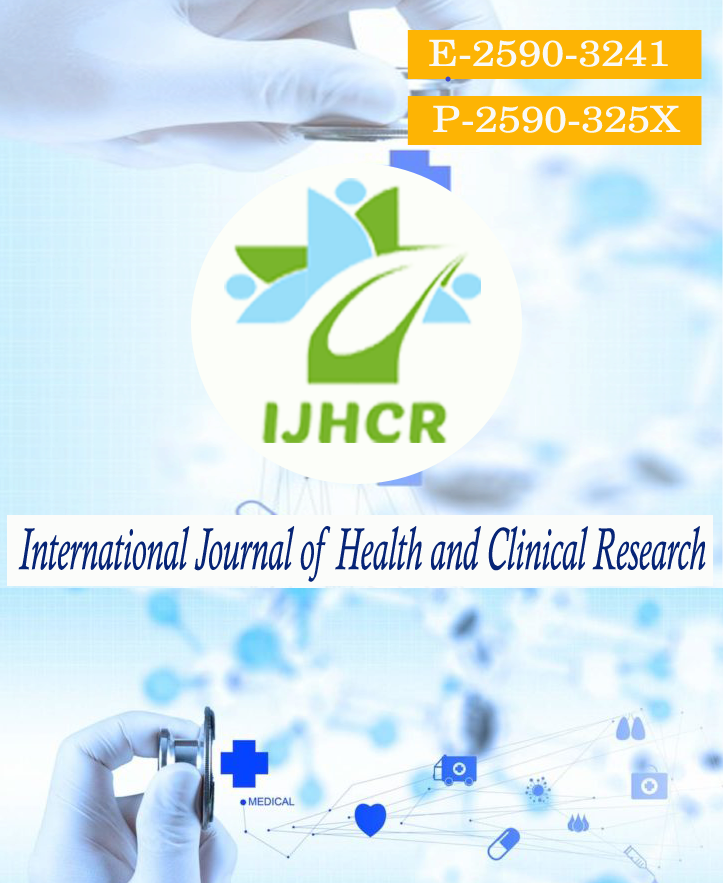Significance of 3 dimensional radiology in diagnosing and planning maxillofacial trauma: a hundred case comparative study
Keywords:
CT scan,Facial injuries, maxillofacial traumaAbstract
3D CT scan evaluation is increasingly becoming a valuable tool in maxillofacial trauma. The aim of this study is to guage the role of three dimensional CT in contrast to traditional radiography within the diagnosis and management of CRANIO-MAXILLOFACIAL trauma. Optimal positioning of mini-plates are essential for successful treatment of facial deformity correction in line with AO principle .Conventional plain radiographs are the primary line of investigation in maxillofacial trauma but bear limited advantages.3DCT scan of face is now a preferred diagnostic tool because of its accurate diagnosis. During this study we did a Meta analytical comparative study of conventional radiographs and 3D CT within the evaluation of maxillofacial trauma based solely on Oral and Maxillofacial surgeon’s perspective what proportion an Oral and Maxillofacial surgeon finds radiographs / 3DCT of face valuable within the diagnosis and management of cranio-maxillofacial trauma patients). Further 3DCT scan of face is superior in evaluating the extent of fractures and comminution in addition as for displacement and it provides Additional conceptual information as compared to standard radiographs in majority of patients having cranio-maxillofacial trauma. Diagnostic imaging is sort of always required, and is critical in determining patient management. Multi-detector CT (MDCT) appears consistently within the literature because the gold-standard imaging modality for facial bones, but leads to/ends up a high radiation dose to the patient. This makes the application and advancement of dose reduction and dose optimization methods vital. This presents study is a critical appraisal of the literature concerning diagnostic imaging of facial bone trauma, with a stress on dose reduction methods for MDCT.Investigations of more innovative techniques also appear within the literature, including diagnostic cone-beam CT (CBCT), intraoperative CBCT and dual-source CT (DSCT), but further research is required to verify their clinical value.
Downloads
Published
How to Cite
Issue
Section
License
Copyright (c) 2021 Kanishka Navin Guru, Kaluram Khande, Deepak Sharma, Yogendra Paharia

This work is licensed under a Creative Commons Attribution 4.0 International License.






 All articles published in International Journal of Health and Clinical Research are licensed under a
All articles published in International Journal of Health and Clinical Research are licensed under a 